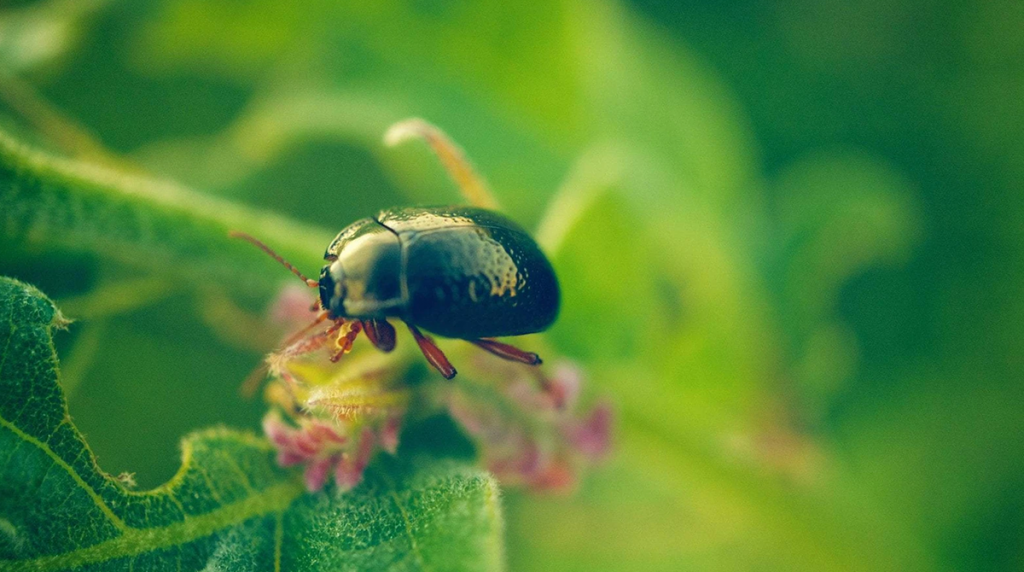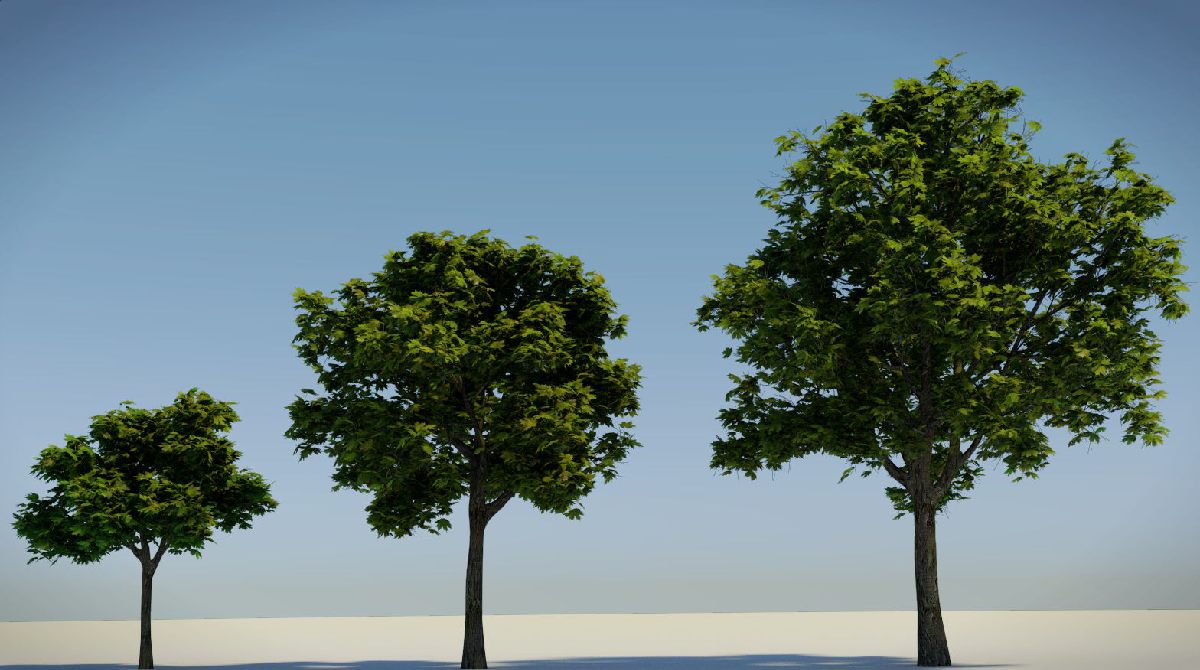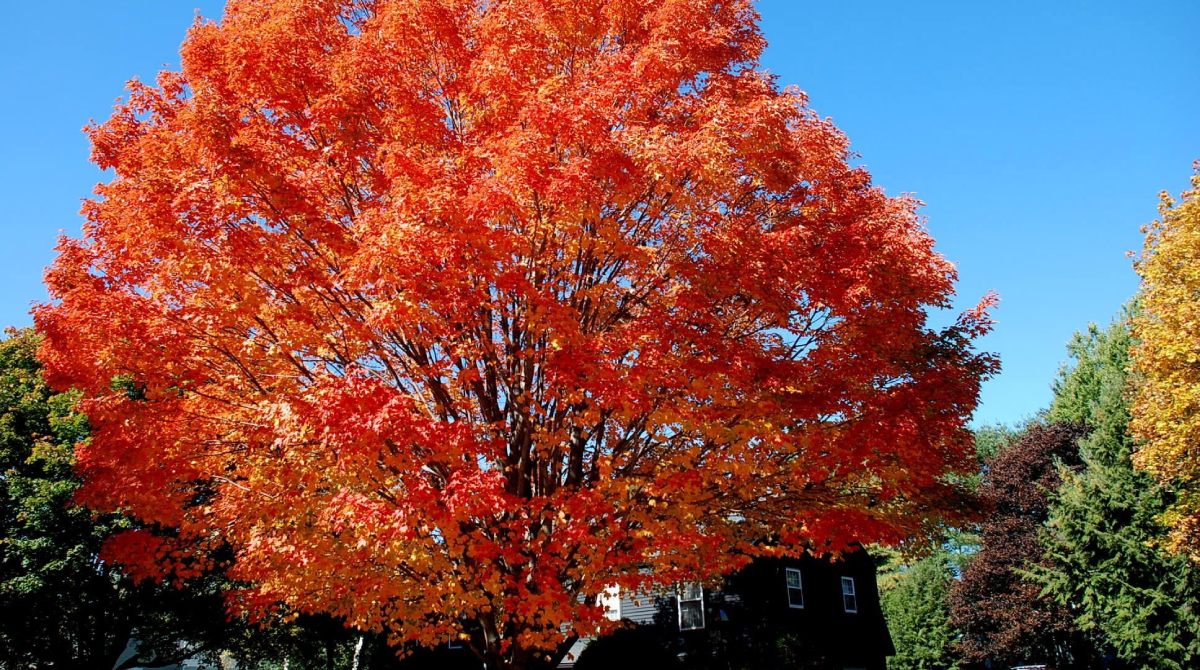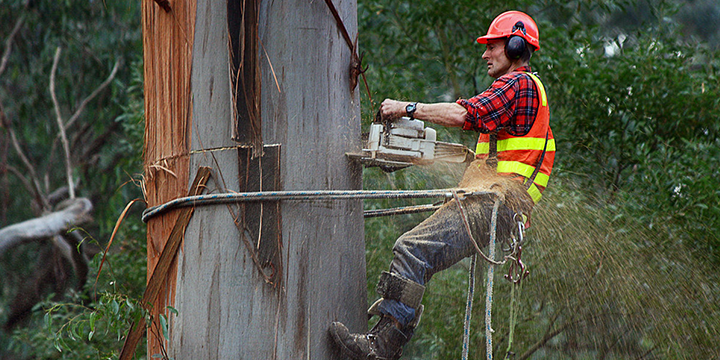
Common Tree Insects
Date September 02, 2020
Category
Tree pests can be a huge problem for Texas property owners. These tree insects can invade healthy trees and cause limb damage or death, or invade already diseased trees and damage them even further.
As a Texas homeowner or property manager, you need to know the common signs of tree disease, the common insects in Texas that infect trees, and how to prevent insects from invading your trees in the first place. This tree pest control knowledge will help you identify tree infestations and keep your trees strong and healthy for years to come.
Why Do Tree Pests Attack Trees?
Generally speaking, most tree insects are attracted to trees that are already diseased. Common insects in Texas may be attracted to your property’s trees if:
- Your tree has a fungus infection.
- Your tree has been improperly trimmed or unnecessarily trimmed out of season.
- Your tree has sustained damage, such as from a storm, and the damaged limbs weren’t removed.
When tree pests attack trees that already have tree disease, we call these tree insects “secondary invaders.” Examples of these type of tree insects that live in Texas include:
- Beetles in wood.
- Moths.
- Horntail wasps.
- Termites.
- Carpenter bees.
- Carpenter ants.
Sometimes, tree insects infest trees that are otherwise healthy. In the world of tree care, we call these tree pests “primary invaders.” Examples of these types of tree insects include wood-boring insects, such as beetles in wood.
Damage Caused by Tree Pests
When wood-boring tree insects infest a tree, they typically produce sawdust-like excrement that is called frass. Frass is a telltale sign that your tree is infected by tree pests. You can tell if you have a tree infestation both by the presence of frass and by holes in your tree, which may be round, oval, or semi-circular in shape. These holes, regardless of their shape, will often appear in a random pattern on an infested tree.
Wood-boring insects like beetles in the wood make their way into the inner bark layer of your tree, called the cambium, where they do the most damage. This is a vital aspect of your tree that delivers its nutrients and water so the tree can grow and thrive.
When tree pests infect the cambium, the affected tree begins to show damage both above and beyond the damage, or infestation, site. These types of infestations can make trees fall, make limbs fall off, or make trees susceptible to tree disease.
Type of Tree Insects found in Texas
We’ve already listed the main types of wood-boring insects that infect Texas trees. Here’s a more detailed list of the specific tree pests that cause tree infestations in North Texas:
- Wood-boring Insects
- Locust Borer
These tree pests reach a size of about ¾ inch as adults. They leave distinctive gold-yellow markings behind on the trees they infest.
- Cottonwood Borer
These beetles like to attack cottonwoods, poplars, and willow trees. As adults, they are about 1 1/4 inches long, and they are most active from May through August.
- Red-headed Ash Borer
These are among the most common beetles in wood. They attack a variety of trees including ash trees, elm trees, and oak trees.
- Red Oak Borer
These tree pests lay eggs in bark crevices during July and August. In addition to frass, they leave behind telltale scars and girdling on the trees they infest.
- Twig Girdler
These tree insects attack pecan, mimosa, chinaberry and huisache trees. Primarily, they cause tree damage by laying eggs in affected trees. Damage from these tree pests typically occurs between late August through mid-November.
- Twig and Branch Pruners
These tree pests infest elm, hackberry, hickory, maple, oak, pecan, persimmon, redbud, sweetgum, and other trees. As a result of their infestations, they typically sever limbs and branches where small twigs branch out.
- Bark Beetles
- Southern Pine Beetle
These tree insects, which frequently infest pine forests in the south, are most active during warmer months when the temperature is about 58℉. When enough of them exist in an area, they can attack otherwise healthy trees.
- Ips Engravers
Often mistaken for the Southern Pine Beetle, these beetles leave behind patterns that are more parallel to each other. They also mainly attack trees that are already weakened.
- Shothole Borers
Though they look similar to the Southern Pine Beetle, these tree pests typically infest trees that are already diseased.
- Granulate Ambrosia Beetle
Attracted to fruit trees such as peach and plum trees, these tree insects cause damage by making small holes in bark crevices.
- Weevils
Weevils are tree pests that commonly infest Texas trees during the winter. Their primary targets are young trees that have been placed in poor planting sites, making professional tree installation all the more important.
- Wood Boring Caterpillars
- Carpenterworms
These large larvae tunnel through the trunks of popular Texas trees including oak, elm, black locust, willow, ash, boxelder, poplar, cottonwood, Chinese tallow trees, and fruit trees such as pear and cherry. Carpenterworms take two to three years to fully develop, and leave behind signs such as frass and other excrements.
- Peach Tree Borer
If you have a peach or plum tree, you need to know about the Peach Tree Borer. This tree pest attacks these specific trees between August and September. Telltale signs include dieback, yellowing leaves, and stunted tree growth.
Tree Pest Control Tips
Since most tree infestations occur on already diseased trees, your best defense against tree pests is to have annual tree maintenance by our ISA-Certified Arborists. When we care for your trees, we’ll inspect them and remove the diseased or damaged limbs during the appropriate time of year for your tree species to stop pest infestations before they start. Other preventative tips include:
- Reaching out to us for professional tree installation to make sure newly-planted trees aren’t susceptible to tree infestations.
- Properly fertilizing and watering your trees according to their individual needs.
- Being careful not to damage trees – and thus create crevices for pests to enter – with lawnmowers and weed trimmers.
If prevention doesn’t work, some pests do require professional-grade insect treatment on your trees can prevent both primary and secondary tree infestations.
Let Us Help You Protect Your Trees with Tree Pest Control
As ISA-Certified Arborists, we know both how to prevent and treat tree insect infestations. To keep your trees growing healthy and strong for years to come, call us to schedule a tree maintenance appointment at tel:(817) 592-6846.
To learn more about Common Tree Insects, call our Argyle and Southlake based teams at tel:(817) 592-6846 or send us a message.
We’re a little different than the average tree services company.
Learn more about TreeNewal’s ISA Certified Arborists!
Our Dallas/Fort Worth-based tree doctors can explain how sustainable tree care services add more value to your bottom line.
Healthy trees, healthy lives.








